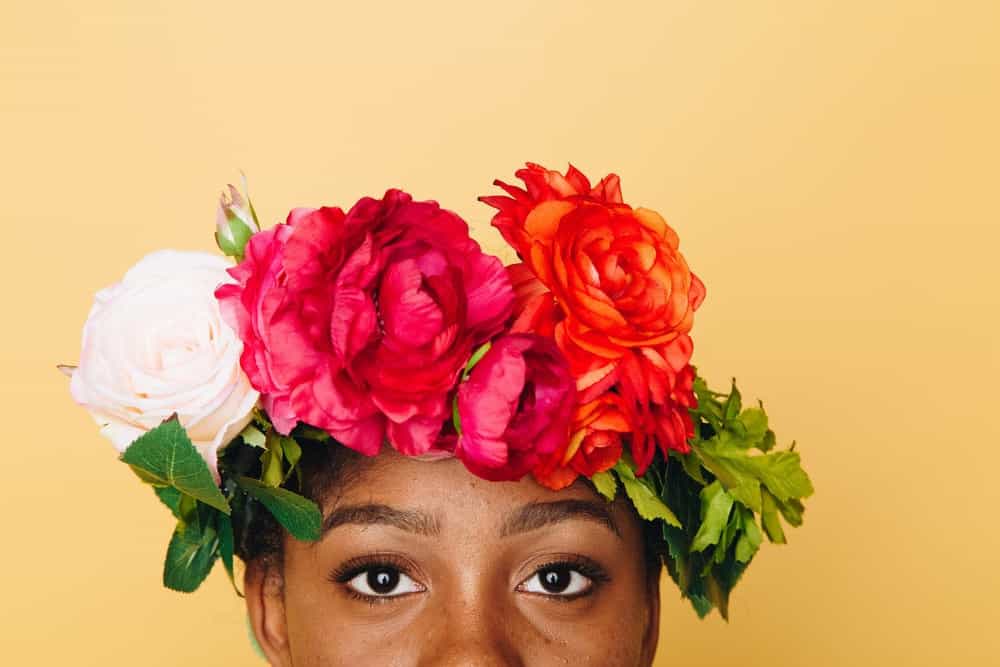
Before you try to jump aboard the woke bandwagon, know that many brands have tried and failed—and have been heavily criticized for doing so. Unless your campaign is genuine and heartfelt, woke-baiting is a terrible idea—for business and for your reputation.
If you’ve watched any of the things being produced by major media corporations these days, you must have seen countless examples of token representation. Whether it’s a shoddily strewn-together storyline in The Irregulars that relies heavily on its Asian leads or the hilarious attempt at history erasure in Bridgerton—token representation is everywhere. And very little of it is any good.
There’s even a term for it: woke-washing
Every time you see Priyanka Chopra in a movie, ask yourself this:
Is her character integral to the plot or is she just a background token Indian character for brownie points? Because usually, it’s for brownie points. We’d suggest you stay away from token representation—and opt for the only other alternative: meaningful representation.
Finding the Right Influencer to Work With
When you start out looking for an influencer to partner with, are you thinking along these lines:
- The influencer’s race
- Their religion
- Their political positioning
- The width of their waist

Or are you thinking along these lines:
- The influencer’s expertise with respect to your service and/or product.
- Their popularity with your target audience.
- Their content networking skills.
If you make your selections based on the first group of questions, you might end up with someone who makes your brand look good momentarily—but does it help you in any way?
The problem with token representation is that it’s all good for Twitter twaddle. But will it get you ahead in business? Is it wise to get a plus-sized model who has no intention of not being plus-sized if you’re selling diet food?
Understanding your audience is key to selecting the right representative. If you’re selling Curly Hair products, getting a white woman with straight hair is a bad idea—so on and so forth.
The Don’ts
Finally, here’s what we’re sure you definitely don’t want to end up doing:
- Creating an LGBT sandwich that’s an acronym for Lettuce, Guacamole, Bacon, and Tomato.
- Create a green campaign and act as the savior of the environment, and simultaneously be an oil company.
- Bake gender-neutral gingerbread. . . persons.
- Introduce a line of Pissed Meals—because people don’t have to be happy all the time, and Happy Meals are not inclusive enough.
These, and many others, are a good practical demonstration of the finding that most Americans use only 10% of their brains. We hope you don’t plan on being part of that statistic.
Find Good Influencers
One of the many things you can do to avoid bad and/or forced representation in your campaigns is this:
Find the right fit for your brand.
You can choose from a bevy of social media influencers right here on Afluencer.